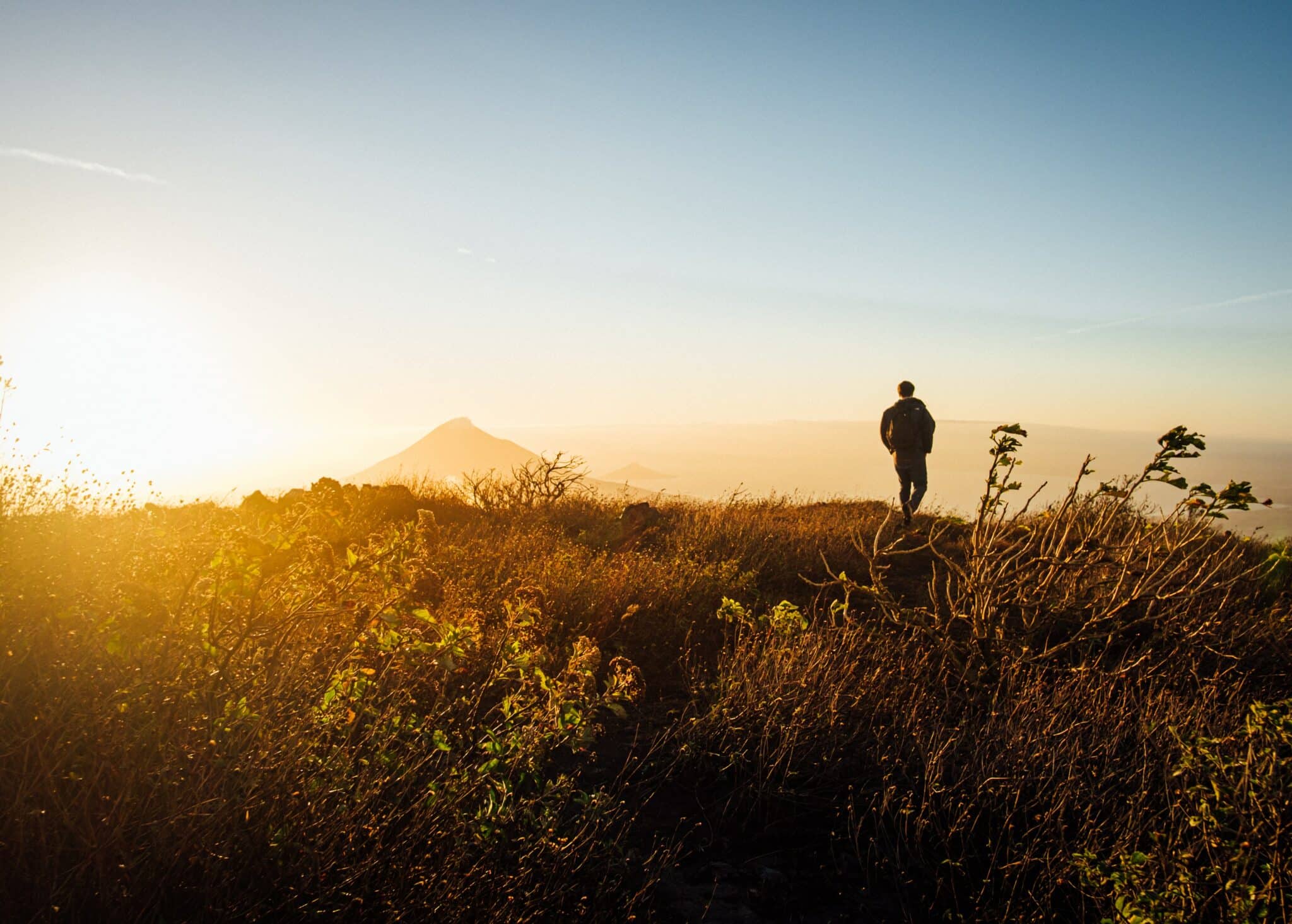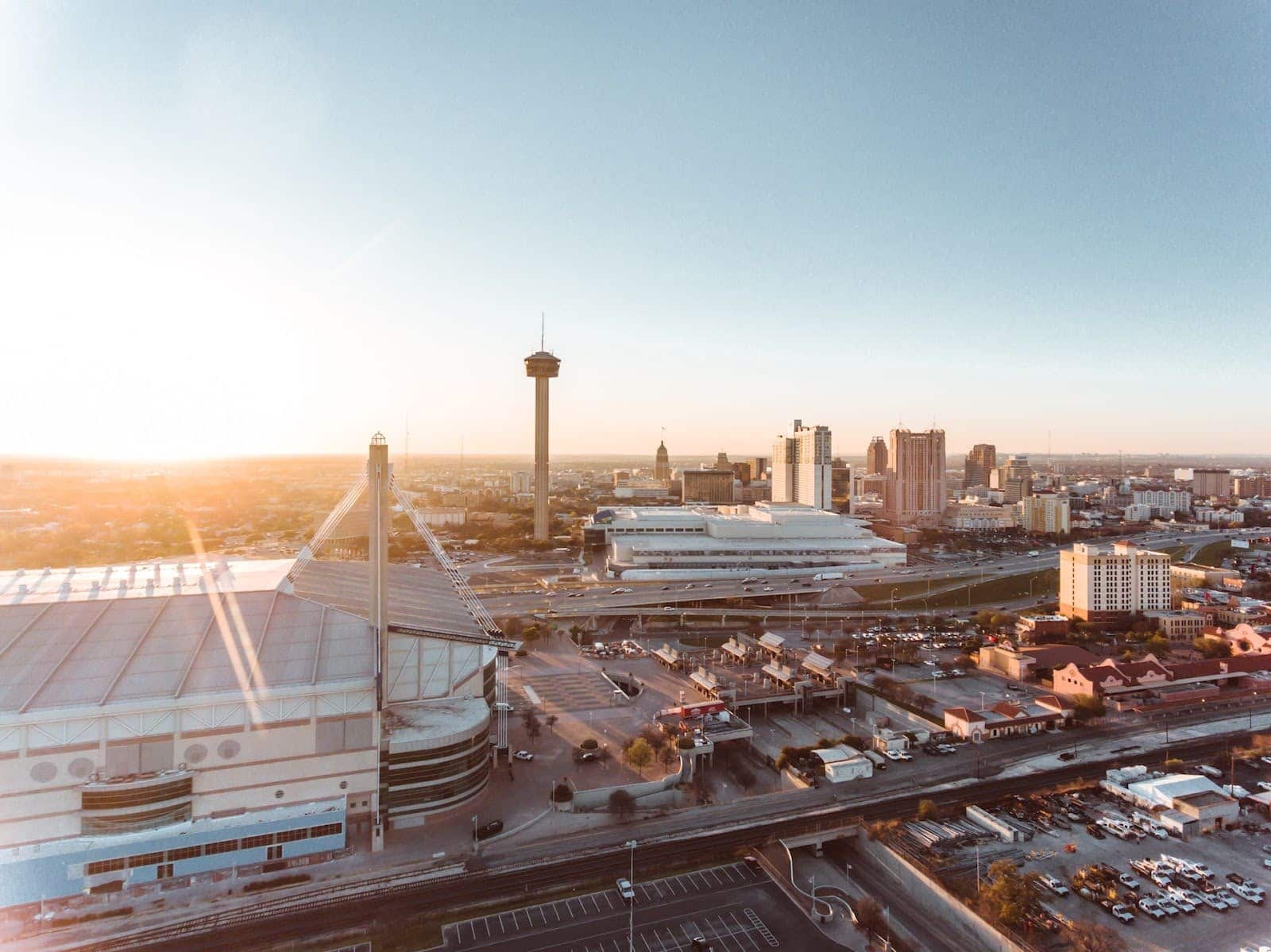Volcanoes of Nicaragua: A Traveler’s Guide

Nicaragua is widely known for its impressive lakes and volcanoes. With over fifty volcanic cones, including seven that remain active, the country’s volcanic landscape is truly remarkable. In fact, This is the country with the most volcanic activity in Latin America and a go-to place for hikers and nature enthusiasts alike.
In today’s post, we’ll share some of the must-visit volcanoes of Nicaragua, and the COVID restrictions to enter the country in 2023. But first, let’s take a look at what makes the volcanoes of Nicaragua so special.
Why Should You Visit the Volcanoes of Nicaragua?
When it comes to climbing volcanoes, most destinations require climbers to:
- Be in good physical shape
- Have special clothing
- Climb gradually to acclimatize to the high altitude
However, this country presents a unique opportunity. Unlike other volcanic regions, in Nicaragua, volcanoes are just above sea level. This means that you can easily climb most of them by just walking, without any extra effort or gear. Nevertheless, this doesn’t mean that those who are looking for a hiking challenge can’t have fun here. In fact, you can practice volcano surfing in Nicaragua. Yet, before attempting to climb or hike their summits, check with authorities if that volcano is safe.
Last but not least, you can easily reach the base of most Nicaraguan volcanoes either by car, horseback, or simply walking.
Top 5 Volcanoes in Nicaragua
There are about fifty volcanoes in Nicaragua, so we’ve narrowed down our selection to the most remarkable ones.
Our list includes:
- Cerro Negro Volcano
- Masaya Volcano
- San Cristobal Volcano
- Telica Volcano
- Concepcion & Maderas Volcanoes
1: Cerro Negro Volcano
Just a short 45-minute drive from León, Cerro Negro is the youngest volcano in Central America, with its last eruption occurring in 1999. It’s among Nicaragua’s active volcanoes, and its name derives from its black sand.
Cerro Negro is only 450 meters high. Here, you have the opportunity to engage in a unique experience, volcano surfing. After an hour-long hike to the summit, you’ll be rewarded with breathtaking views. However, the real excitement lies in the exhilarating descent.
2: Masaya Volcano
The Masaya Volcano, situated near Managua and the cultural city of Masaya, is a renowned tourist stop in Nicaragua. Formerly referred to as the « mouth of hell, » this volcano is a must-see, particularly at sunset when its crater and red lava reveal their full splendor.
While the volcano remains active, it has not experienced any significant eruptions in over 14 years and is a safe place for sightseeing.
3: San Cristobal Volcano
Situated near the city of Chinandega, San Cristobal is the highest active volcano in Nicaragua. San Cristobal is also known as “El Viejo” and it ‘s 1745 meters above sea level. It’s located in San Cristobal’s natural reserve and is part of a complex of five volcanoes.
Since the 16th century, San Cristobal has had continuous small to medium ash eruptions. Its high altitude makes it one of the most challenging volcanoes to climb in Nicaragua. However, if you’re not one of the fittest hikers but still want to enjoy the impressive sight, there’s an alternative option. You can take a shorter climb from the adjoining Casitas Volcano.
4: Telica Volcano
Situated in Leon, Telica volcano boasts an elevation of approximately 1061 meters above sea level. Although the volcano’s last eruption occurred in 1999, it continues to emit a subtle but persistent plume of smoke.
Notably, Telica Volcano’s western face is subject to continuous erosion. But you can go for a long and rewarding hike on the eastern face, which typically spans 6 to 8 hours.
On your way to Telica Volcano, you can make a stop at the hotsprings of San Jacinto.
5: Concepcion & Maderas Volcanoes
Situated on the Island of Ometepe, Concepción Volcano stands at 1610 meters above sea level. It’s the second highest volcano in the country, boasting remarkable beauty.
While Concepción last emitted ash and smoke in 1999, it has not witnessed any lava flow since 1957. Climbing up this volcano requires a challenging but rewarding hike (7 to 9 hours). The volcano’s slopes are a nature reserve that’s home to deer and monkeys.
On the same Ometepe Island, you’ll find Maderas Volcano nestled within Lake Nicaragua. Reaching an altitude of 1394 meters above sea level, Maderas is often clouded in thick mist, earning it the status of a protected cloud forest reserve. Unlike Concepción, Maderas is less active, allowing for greater biodiversity of plants and animals in the area. It offers two popular hiking options: an easier two to six-hour hike through farmland and cloud forest, or a more strenuous and muddy trek to the summit that takes about three to five hours. At the peak of Maderas, a misty and chilly crater lake awaits.
Additionally, Ometepe Island is a great place to spend the day while enjoying awe-inspiring views of Lake Nicaragua.
Nicaragua COVID Restrictions 2023
Nicaragua does not require a COVID test to enter the country anymore. However, official sources have not been clear about this update. We suggest you call your chosen airline and ask for updated information before traveling.
Need a COVID test before your next trip? No matter where you are, or what type of test you need, find testing locations near you with our international directory.



